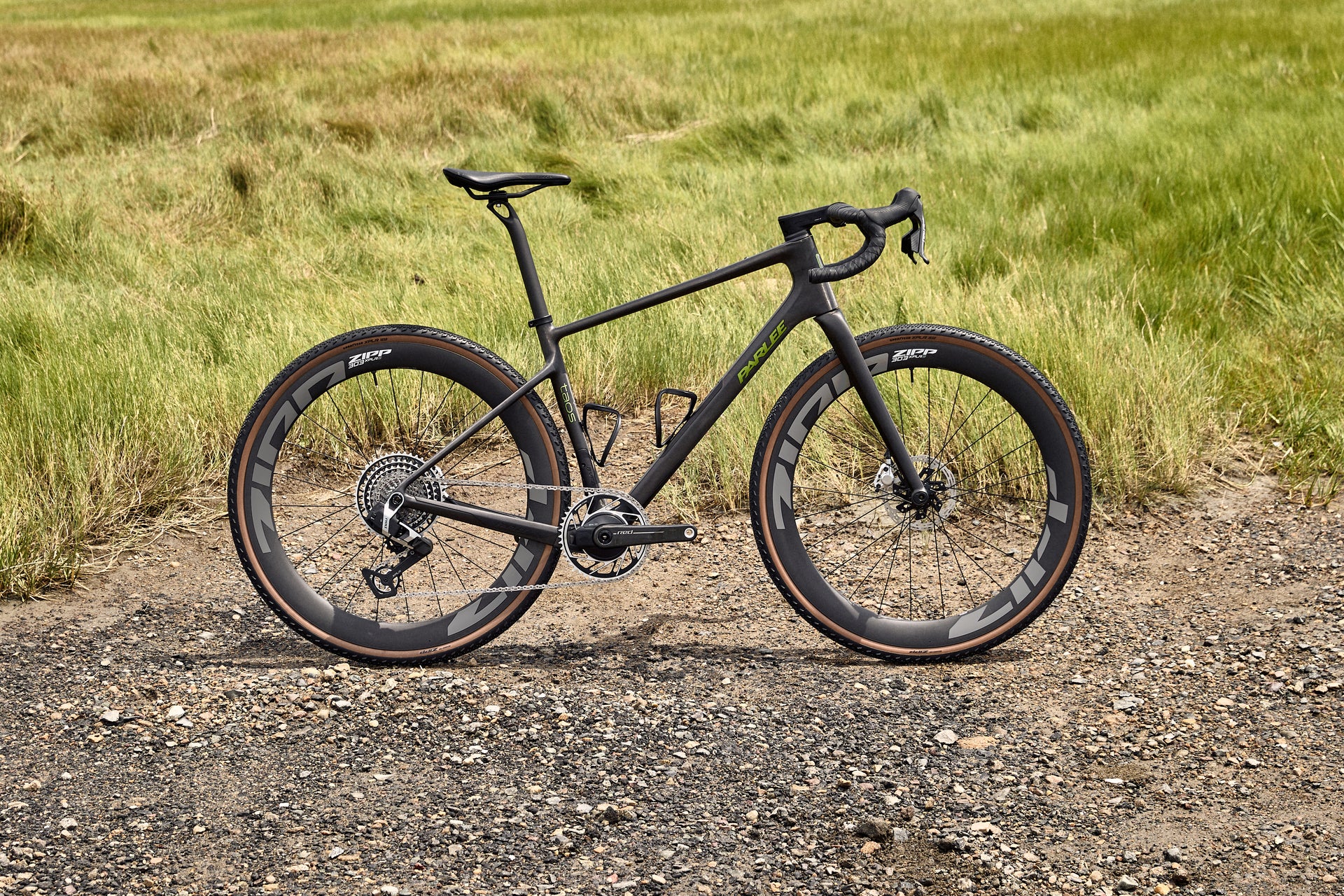All Posts
What is 3D visualization and how is it different to photography?
3D visualization is rapidly replacing photographs (and videos) due to the direct benefits it brings, a fact that’s becoming increasingly clear to experts in the field and marketing managers alike.

For manufacturers, effectively displaying their products is a critical aspect of achieving successful sales. In this article, we delve into the world of 3D visualization and explore why it has become increasingly popular among businesses, both small and large, to elevate their product presentations.
What is 3D Visualization?
3D visualization entails the creation of a three-dimensional digital model of a product. This digital representation opens a plethora of visualization possibilities. Manufacturers can display their products through static images, akin to traditional photographs, create dynamic videos in various settings, or offer interactive visualizations that allow users to explore products from every angle and zoom in on intricate details.
Photography vs. 3D Visualization
In recent years, 3D visualization has been rapidly supplanting conventional photography and videos due to its inherent advantages. This shift is evident to experts in the field as well as marketing managers.
Take, for example, the motorbike industry. Leading manufacturers have historically allocated substantial budgets to their advertising campaigns. Before the emergence of 3D visualization, capturing a motorbike in diverse settings necessitated elaborate photo shoots across the globe, spanning deserts, Alpine landscapes, tropical forests, and major North American cities.
However, with 3D modeling, a three-dimensional representation of a motorbike can be effortlessly created and placed in any imaginable setting, all within the confines of a computer. Consider the time and cost savings achieved by avoiding the need for numerous global photo and video shoots.
What is more, a 3D model of a product offers unparalleled flexibility compared to traditional photographs. Changes or new product variations can be easily incorporated. There is no longer a need to capture the product in assorted colors or with various accessories. A 3D model of a motorbike, for instance, can display the same product in several ways, featuring alternative color options, finishes, and configurations, such as changing the saddle material, the tank's color and design, or the type of tires.
All these advantages result in an enhanced user experience. Users can scrutinize products from every conceivable angle, zoom in on details, and gain a comprehensive appreciation of the product's intricacies.
While traditional photography remains a valuable visualization tool, 3D modeling has assumed an increasingly pivotal role, offered greater flexibility and cost efficiency while maintained the same standard of visual quality.
In summary, 3D visualization has emerged as a powerful tool for manufacturers, revolutionizing how products are presented and reducing costs. Its ability to provide flexible representations and immersive user experiences positions it as a meaningful change in the industry.
If you have any questions or need more information about 3D visualization or the Missoun 3D CPQ product configurator, please connect with us. We are eager to assist and address your inquiries.




